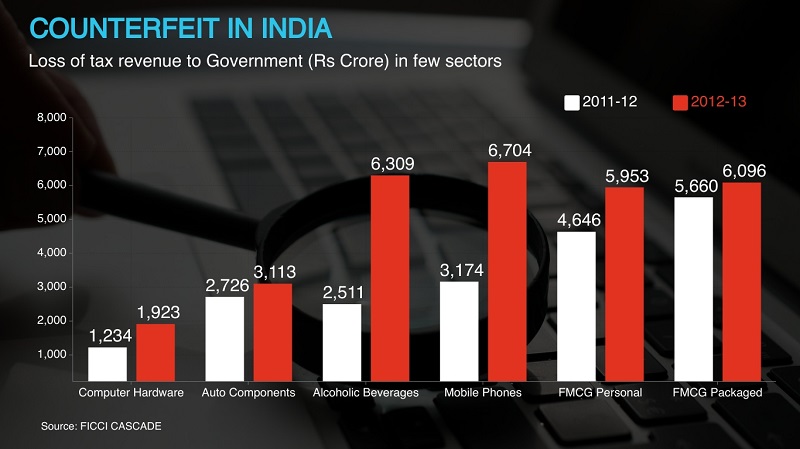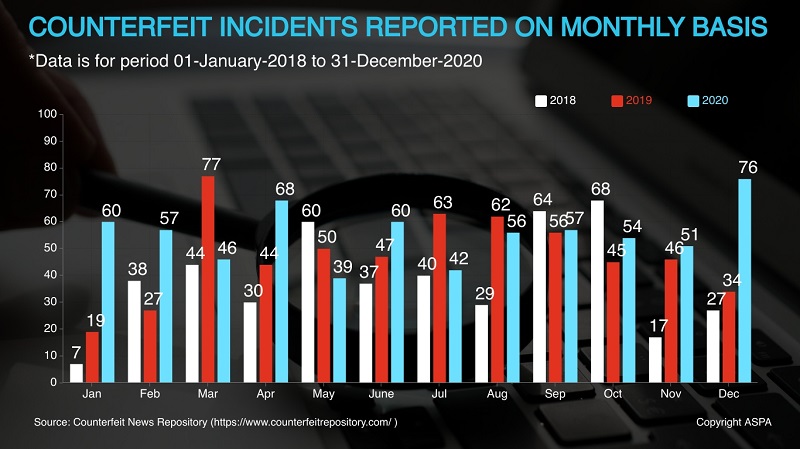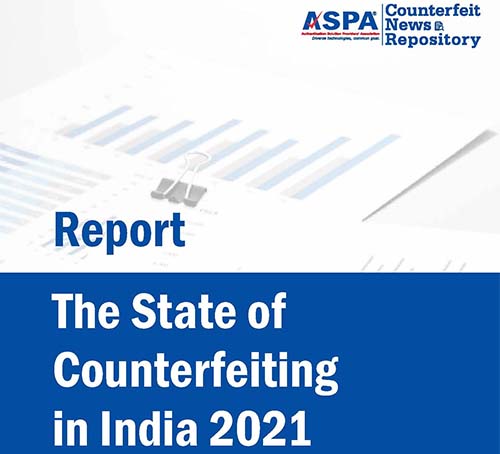Counterfeiting Trends and Statistics
Trends and Statistics
Measuring counterfeiting is methodologically challenging for various reasons. First, it is an illegal activity and illicit traders attempt to remain invisible and are unlikely to record their activities. Also, for security reasons, data on illicit trade is usually difficult to obtain, as law enforcement agencies often prefer not to publicize the scope of their activity. Furthermore, all methods to estimate illicit trade have their limitations and not all studies clearly describe their methodology of these limitations. Few of the study findings are as listed.
Global Number
- The global economic value of counterfeiting and piracy could reach US$ 2.3 trillion by 2022. Source: International Chamber of Commerce (Link with https://iccwbo.org/media-wall/news-speeches/global-impacts-counterfeiting-piracy-reach-us4-2-trillion-2022/
- As per OECD reports counterfeiting have increase 154 % from 2005 to 2016 (US$200 billion to $509 billion in 2016). Trade in fake goods is now 3.3% of world trade and increasing. Source: OCED link to https://www.oecd.org/newsroom/trade-in-fake-goods-is-now-33-of-world-trade-and-rising.htm
- According to an estimate by WHO, eliminating the illicit trade in tobacco would generate an annual tax of US $ 31 billion for governments.
Counterfeiting Trends in India:
- Economic Loss to Country: From the counterfeiting activity the Government of India incurred a loss of Rs 26,190 croresin fiscal year 2011-12 which has increased to Rs 39,239 croresin 2013-14.
- Counterfeiting on the rise: According to the “Study of Counterfeiting in India 2021” there is an increase in counterfeiting incidents from where they were in 2019 and 2018. The number of incidents being reported by media have also surged. In the last three years, counterfeiting incident had increase by 20% between 2018 to 2020. In 2020, 666 cases were reported with an increase of 96 cases comparing to 2019 (570).
Counterfeiting is becoming rampant; a 24X7 activity Counterfeiters are becoming smarter and taking their work seriously. Our data shows a regular pattern – counterfeit activities happen across the year and are not limited to festive or any specific seasons. This means that counterfeiting is no more a causal act for the perpetrators, and they look for every opportunity they can monetize. For instance, even during the COVID-19 lockdown, more than 30 incidents were reported in India during March-April 2020 that involved making sub-standard PPE kits and related items. According to the Delhi Police data, 155 people were arrested in 147 cases under the Excise Act and 18,556 bottles of liquor was recovered in the first two weeks of April during the ongoing lockdown.
- Counterfeiters not limited to category – targeting both quality and quantity.
In recent years, we have noticed an uptick in ‘unsophisticated’ frauds. Professional fraudsters have been busy adapting to new methods. They are now using the latest manufacturing and printing technologies to duplicate finishes, print boxes, labels, codes, and packaging that mimics genuine products perfectly.Fakes are almost undetectable to an average consumer. One such example is of banknotes. A recent seizure revealed fake banknotes of extreme high quality. In another case, a person began counterfeiting Indian banknotes after learning it from YouTube. Similarly, police lately seized more than 2700 liters of fake diesel along with 10,000 liters of petroleum products. The perpetrators were running their unit for the last five years and supplying fake diesel in rural areas (you can check the video here:https://youtu.be/IbEm8hXzbQQ).




